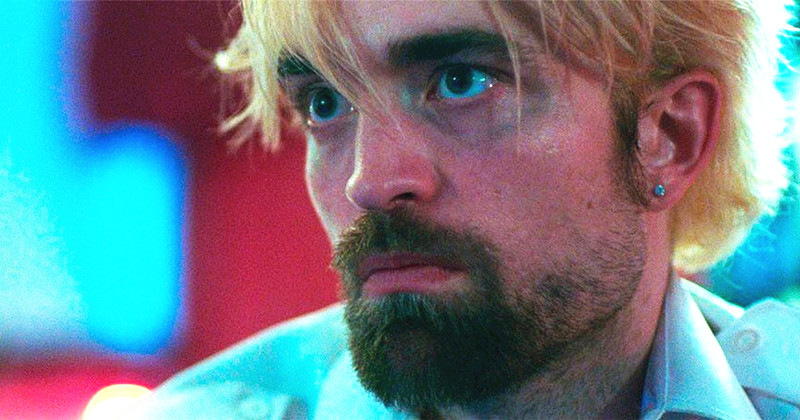
Noir is famously one of the most contentious of film genres when it comes to definition. For decades, scholars have battled as to what characteristics exactly define a classic noir movie; what differentiates it from a regular crime movie; and what movies fit into those categories enough to be placed in the official noir canon.
The derivatives of the genre, naturally, also suffer from such categorization controversies, but even so, even the most casual of cinephiles is aware of what a neo-noir is, and what are the best movies of its kind. However, there’s a sort of offspring of neo-noir that isn’t nearly as well known or discussed, not even by serious critics: the neon-noir.
For those not familiar, neon-noir carries the same basic DNA of all other types of noir: the character archetypes of the femme fatale; the professional criminal and the private detective; the focus on crime narratives; an interest in violence and psychological darkness; the same visual style of high contrast cinematography; and pessimistic endings. What sets neon-noir films apart are the stylistic touches added to that formula, chief among them being: a setting in modern urban environments; more prominent use of color; synth or ‘60s jazz scores; and, most importantly, of course, the heavy use of neon lighting for atmosphere and visual identity.
So here are 15 of the very best the genre has to offer – watching just a handful of them is enough to understand the look and feel of neon-noir and also, hopefully, fall in love with it.
15. Diva (1981)
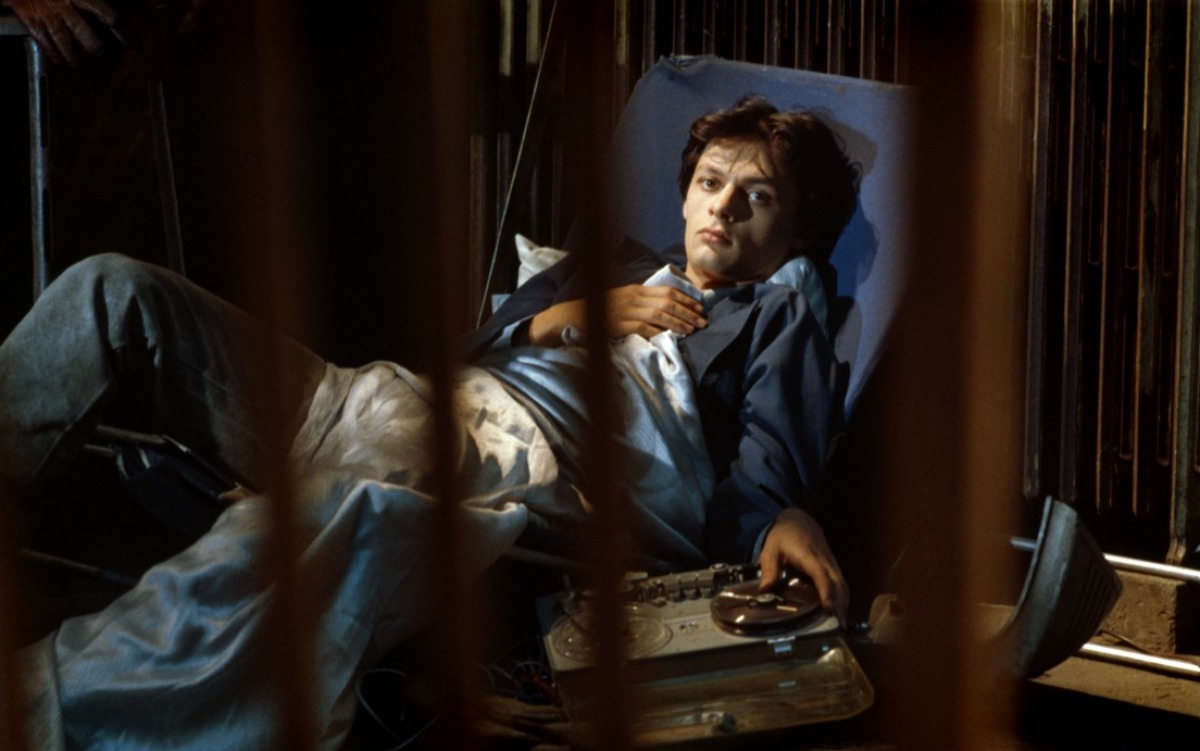
By the late ‘70s, with masters such as Jean Pierre Melville and Henri-Georges Clouzot no longer working, French noir had already completely fizzled out. “Diva,” Jean-Jacques Beineix’s gorgeously vibrant take on the genre, didn’t exactly represent a revival of the style as much a revaluation of it – the classic ingredients of noir are all to be found here, but repackaged in a wholly new visual presentation.
Beinex wasn’t the first proponent of neon-noir’s aesthetic elements, like the prominent use of color (not classically a staple of noir), but few before him did it to the extent and technical acumen that he employs here. The color blue has rarely, if ever, looked as gorgeous on film; blue is to “Diva” what red is to “Cries And Whispers,” infecting every single filmic component, from the production design (almost every set is color coded in blue) to the cinematography (that shades those spaces in beautiful blue neon lighting), all of which amounts to a truly breathtaking look.
The plot itself, though interesting enough to see unfold, is somehow both convoluted and underdeveloped, so while “Diva” is ultimately not very fulfilling from a narrative stance, that thankfully doesn’t matter, since the viewer’s senses will be too pleasantly overwhelmed by the end to care about that. Also, the movie features what is undoubtedly one of the greatest chase scenes of all time – you won’t forget it once you see it.
14. Good Time (2017)
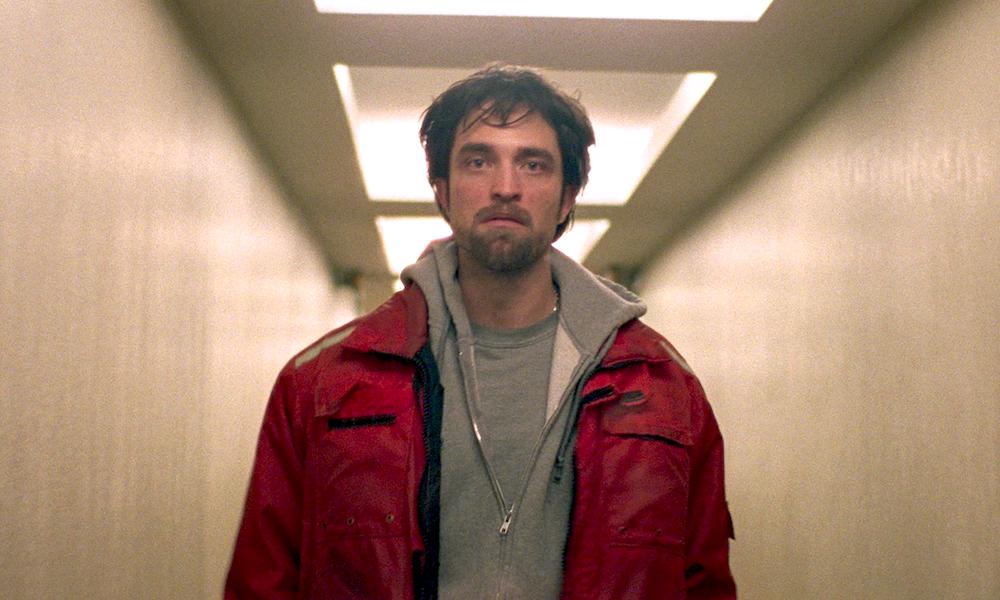
There’s no other cinematic genre that has gone through more reinvention and modernization than noir, since its core thematic elements (post-war alienation/anxiety, sexual tension, cynical outlook on morality) are timeless, and its aesthetic aspects can be translated into new forms of filmmaking (like the arrival of color on film) without losing their essential nature.
A prime example of this is “Good Time,” a modern neon-noir that merges the genre’s classic qualities with the Safdie’s auteurist trademarks, creating a piece that is indebted to what came before while also carving a distinct path that feels fresh and unique. “Good Time” was immediately notable and memorable for two things: the heart attack urgency of the storytelling and the stellar turn by Robert Pattinson, which loomed so large over the critical discourse that it somewhat shadowed the aesthetic aspects of the movie – and also helps to explains why the film is not often pointed out as being a neon-noir. But the bright neon lighting of Sean Price William’s brilliant digital cinematography, the pulsating electronic score, and excellent visual exploration of its nighttime urban environments puts the film, beyond a reasonable doubt, in the realm of neon-noir – and one the very finest examples of the genre.
13. Hardcore (1979)
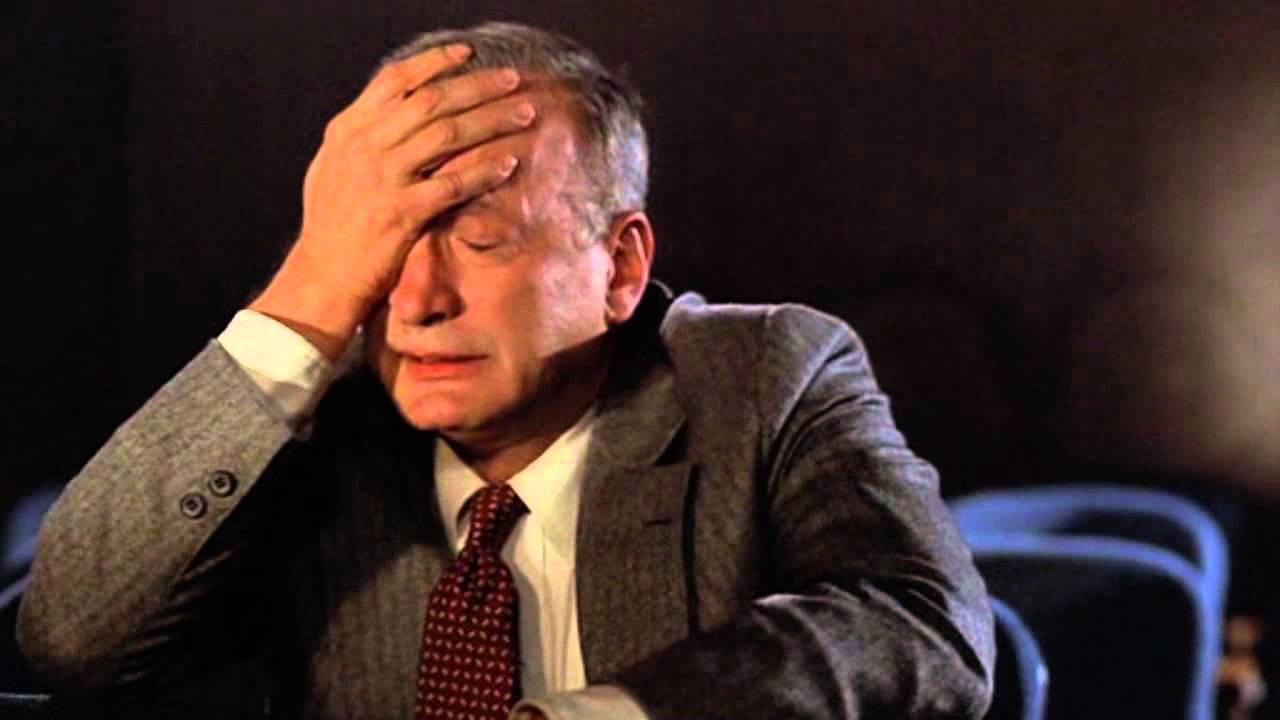
Located in the exact middle spot between the calvinist religious anxieties of “First Reformed” and the moral corruption visualized as urban decay in “Taxi Driver,” “Hardcore” is not necessarily the best movie Paul Schrader has ever made (though it is very good) but it is the *most* Paul Schrader movie that exists, encapsulating seemingly all of his most personal philosophical and emotional dilemmas in a dark and compelling neon-noir.
Starring George C. Scott as a father who infiltrates the underworld of pornography to look for his missing daughter, “Hardcore” is an essential piece of Los Angeles noir precisely because of everything that it does differently from the other classics of its kind. Long gone are the days of Humphrey Bogart quipping in high contrast black and white; the LA Shrader envisions is one of deceit, exploitation, and irreparable moral corruption, a hellish descent into perversion on a road paved with neon nightmares.
If in “The Big Heat,” an iconic piece of LA noir, the porn subplot is merely suggested in the slightest terms, with this movie, free from the restrictions of the Hays Code, Schrader is able to explore the seedy underbelly of the Los Angeles sex industry, with lingering shots of the city during the night, dominated by all manners of peep-houses, brothels and sex-shops – creating a vast landscape of depravity that the director both loves to revel in but also despise. A fascinating movie, for the inherent contradictions it presents of its maker, a reformed conservative coming to terms with his own morality.
12. Vengeance (2009)
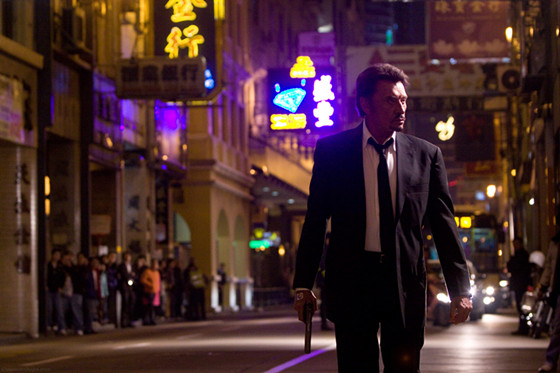
Johnnie To is one of the greatest noir directors working today (second only, perhaps, to another filmmaker that will be mentioned further down the list) – and also one of the most creatively fecund filmmakers alive, delivering multiple movies every year, for decades, without loss of quality (in 2003 alone he released five films). It’s only natural, then, that in his endless fascination with the genre, To would eventually arrive at some form of neon-noir – which happened in 2009 with “Vengeance.”
Like so much of modern noir, To is deeply influenced by Melville, and this movie is stylistically his biggest tip of the hat to the French filmmaker, with its long wordless sequences in which we see the characters executing their plans, and the magnificent blue-tinted light and shadow aesthetic of the cinematography (highlighted in a spectacular action scene, one of To’s finest shootouts, staged during a moonlight). Even the plot itself is reminiscent of Melville classics, featuring elegant, hypercompetent criminals that starve off their inherent loneliness by the bonds of brotherhood, they create with each other in between the spurts of violence that result from their lifestyle.
What sets “Vengeance” apart within the To canon is the fact that the movie is set, partially, in Macau, a place of bright neon signs that creates an entirely different visual aura than one usually gets in similar Hong Kong action films. When the story moves elsewhere, admittedly, the neon-noir tone is a little diluted – but the initial sequences in Macau are so, so good that its inclusion in this list still feels warranted.
11. Strange Days (1995)
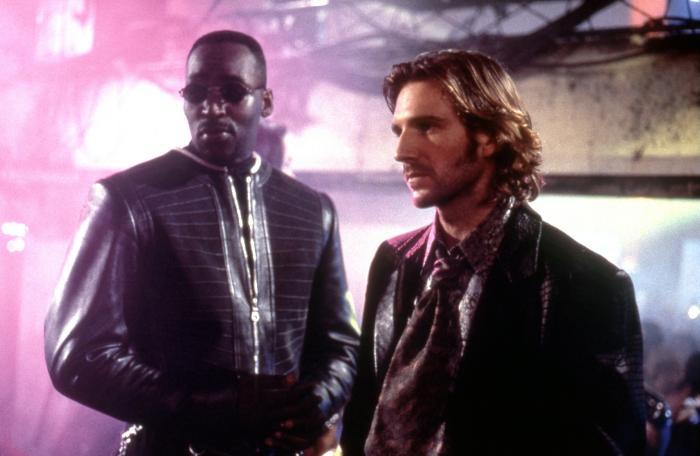
Another fruitful subgenre of noir (a sort of twin sibling of neon-noir) is that of tech noir – mostly future-set stories that align their technological fetish with a more classic noir aesthetic. The term was coined by none other than James Cameron, in reference to “The Terminator” (the first one), and while that remains a timeless masterpiece, everybody knows that film and has seen it – so this list is a good opportunity to shine a light on much a lesser seen but equally good Cameron tech-noir: “Strange Days.”
Or rather, a Kathryn Bigelow tech-noir, since she is the one directing, from a story by her then-husband Cameron. But the question of who to properly credit as the main source of the film’s brilliance is a matter for the auteurist wars, and does a disservice to the movie itself, since the final work unmistakably bears the best of both artists, merging Cameron’s grand futuristic ideas and careful worldbuilding with Bigelow’s impeccable action staging and bold camera moves (this features some single-take POV shots that would make Cuarón and Iñárritu cower in shame).
What’s most miraculous about watching “Strange Days” today, however, is that, despite being visually dated in so many ways (especially with regards to the very ‘90s physical tech) and having been made in response to then very urgent events and concerns (mainly the Rodney King tapes, Y2K paranoia, the burgeoning technology that was making moving images more readily available) the movie still feels remarkably prescient and modern – most of all, tragically, with regards to Bigelow’s and Cameron’s clinical takedown of the structural racism in the police force.
10. The Wild Goose Lake (2019)
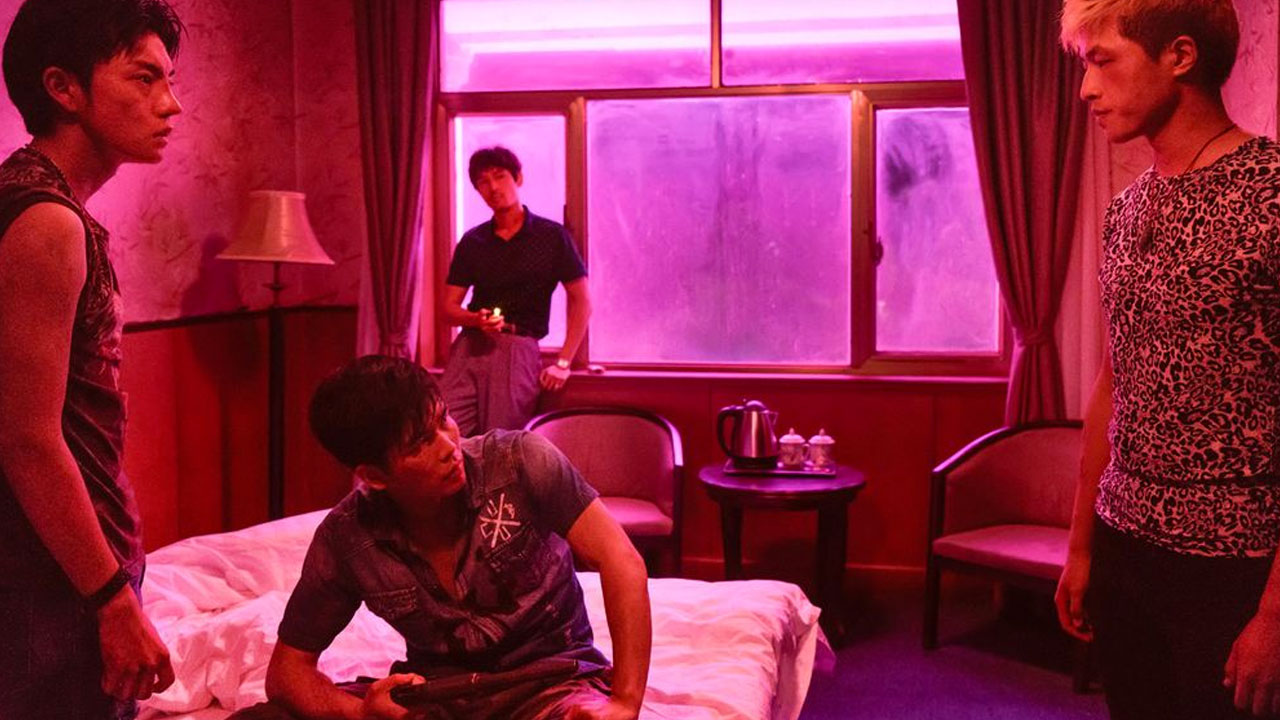
Intermittently contemplative and brutal but always breathtakingly beautiful, “The Wild Goose Lake” is an outlier in the neon-noir canon: most neon-noir films were either made in the ‘70s and ‘80s, or are paying homage and taking inspiration from the movies made in that era. This, by contrast, sings a peculiar tune unlike any other in the genre – whilst still very much being a part of it.
Directed by great Chinese filmmaker Diao Yinan, “The Wild Goose Lake” is, it can be said with no fear of hyperbole, one of the most well shot films of the 2010s: there is not a single dull image in the almost two hours of runtime, each spectacularly composed frame succeeding the next. The noir atmosphere is ever present in the dark, rainy environment, but that visual atmosphere is smartly contrasted with the bright neon colors of yellows, greens and reds, never allowing the film’s carefully constructed mood to falter and become morose.
The plot is fairly convoluted, with too many double crosses for anyone to truly keep track (which, to be fair, is a noir staple since the very beginning of the genre), but this film’s beauty and formal mastery cannot be overstated.
9. Streets of Fire (1984)
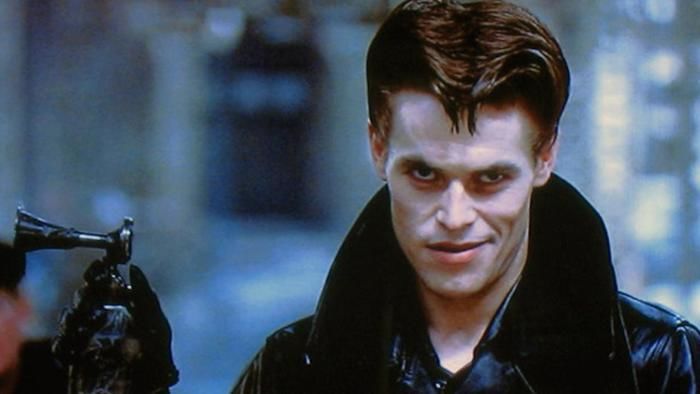
“A Rock N’Roll Fable,” says the title card that prefaces Walter Hill’s “Streets of Fire” – a clinically precise description for the 90 minutes of punk fantasy that follows. The movie doesn’t exist in any form of recognisable reality; the only logic by which it operates is a cinematic one. Clearly that was (and maybe still is) a problem for many critics and audience members, but for genre fans, Hill’s mixture of rock musical and noir is a match made in heaven.
A vision of ‘50s iconography reshaped through ‘80s excess, “Streets of Fire” is a triumph of pure cinematic artifice: every set feels like a movie set; every performance is over the top; and the cinematography and production design, in their hyper stylization, deliberately call attention to themselves – all very purposeful aesthetic choices that aim to create a kitsch artifact. Add that to an absurd plot concerning a “stolen” rock starlet, her mercenary ex-boyfriend, and a gang of villainous bikers (hugely archetypal characters stripped right out of a pulp comic) and what you have is a neon-noir perfect storm. The opening and closing sequences of the movie are some of the best edited and shot musical numbers you’ll ever see.